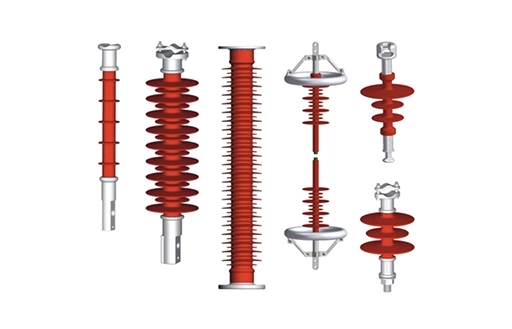en
+
Relay protection is an automation device for power systems, which is designed to quickly identify and isolate faulty parts when a fault or abnormality occurs in the power system, protect the safety of power equipment and personnel, and ensure that other parts of the system continue to operate normally. Its basic function is to detect changes in parameters such as current, voltage, and frequency in the power system. When a value beyond the normal operating range is detected, the relay protection device will send a trip signal to cut off the faulty line or equipment to prevent the fault from expanding and causing more serious accidents.
The main functions of relay protection include:
Fault detection and isolation : When a short circuit, overload or other fault occurs in the power grid, the relay protection device can quickly detect the fault point and cut off the faulty part to prevent other equipment in the power system from being affected.
Equipment protection : Relay protection can monitor the working status of equipment such as generators, transformers, and transmission lines, and cut off the equipment in time when abnormal operation occurs to avoid equipment damage.
Improve system stability : By quickly isolating the faulty part, relay protection can reduce the impact of the fault on the entire power system and help the system resume stable operation.
Prevent secondary accidents : Relay protection devices can also prevent the spread of faults and avoid the expansion of faults causing more serious power system collapse.
These common types of relay protection devices each play different protective roles according to the different needs of the power system.




